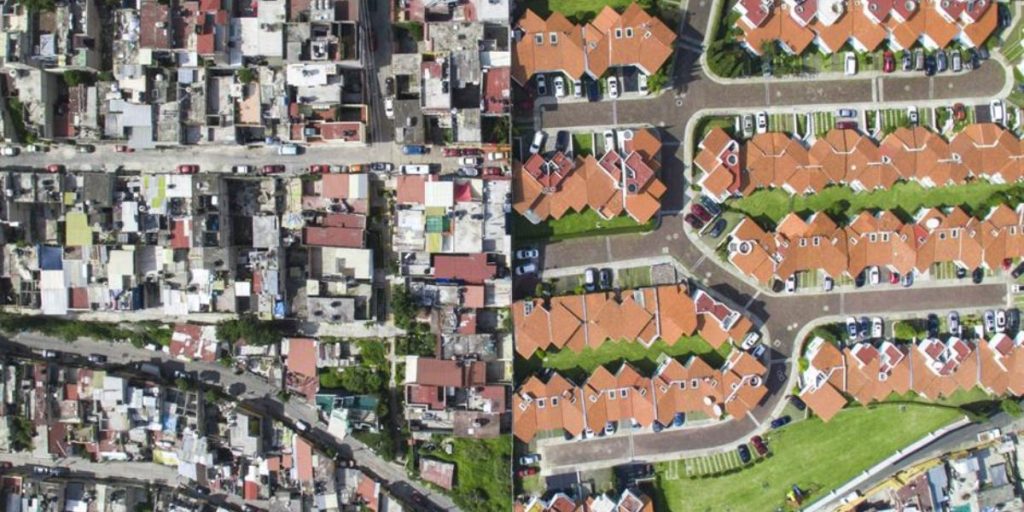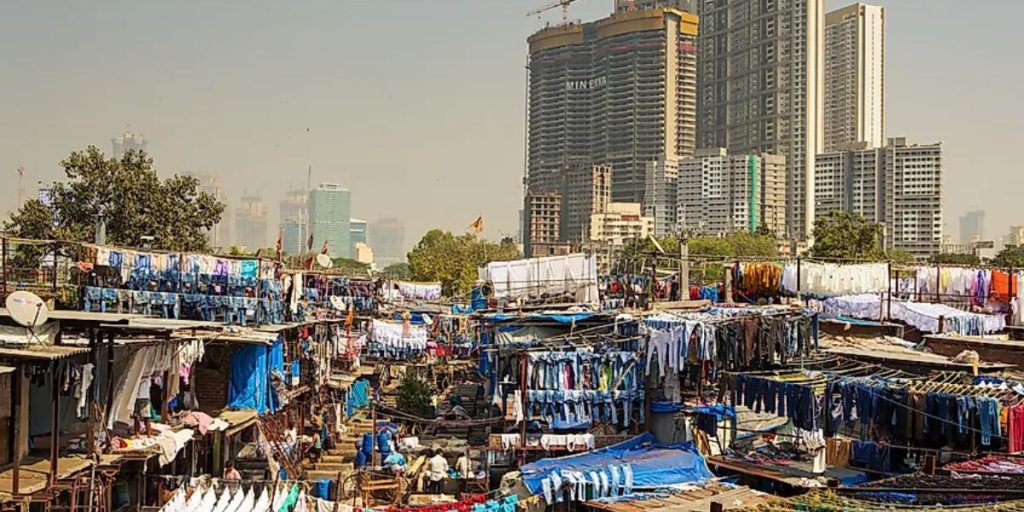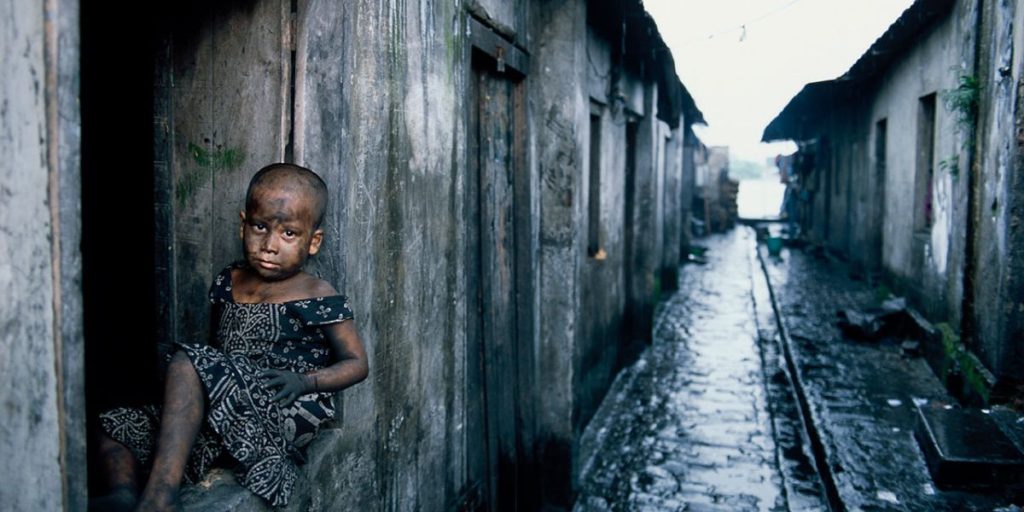Virginia has a rich history, diverse culture, and beautiful environment. However, not every part of the Old Dominion enjoys the same amount of prosperity and welfare. According to the most available US Census Bureau data, Richlands is the poorest city in Virginia.
About Richlands
Richlands, located in Tazewell County, is a tiny town in southwestern Virginia. It has about 5,300 residents, making it one of the state’s smaller communities.

Richlands, founded in 1892 as a coal mining town, grew into an industrial hub throughout its early years. Unfortunately, the fall of the coal sector and the loss of manufacturing employment have harmed the town’s economy and overall well-being.
How Poor Are Richlands?
Richlands, Virginia’s typical household income is $31,169 per year, the lowest in the state. This represents less than half of Virginia’s statewide median household income of $76,398.
Furthermore, Richlands has the third-highest poverty rate in the state, at 27.8%. This indicates that more than one-quarter of the town’s population lives below the poverty line, which is set at $26,000 for a family of four. Furthermore, Richlands has a high unemployment rate of 7.4%, which ranks seventh in the state.
Challenges and Opportunities for Richlands

Richlands face numerous issues, including low levels of education, poor health outcomes, limited access to services, and a lack of economic diversity. Only 12.9% of the people have a bachelor’s degree or more, which is much lower than the state average of 39.3%.
Furthermore, the community has high rates of obesity, diabetes, and heart disease, which reduces life expectancy.
Richlands has few amenities, such as restaurants, parks, and entertainment venues, and is located distant from major urban centers. The town’s economy is mainly reliant on coal mining, a declining and volatile industry.
Nonetheless, Richlands offers prospects for growth and development. The town has a rich cultural legacy, a close-knit community, and a beautiful natural location. It is home to several historical sites, including the Richlands Historic District, the Clinch Valley Coal and Iron Company Store, and the Richlands Train Depot.
Richlands also has a vibrant arts and music culture, with annual festivals and concerts. Surrounded by the Appalachian Mountains, the town has numerous opportunities for outdoor leisure, tourism, and conservation.
What can be done for Richlands?

Richlands demands additional support and investment from a variety of stakeholders, including local, state, and federal governments, the commercial and nonprofit sectors, and citizens themselves. Some possible techniques to assist Richlands are:
- More funding and resources will be allocated to education, healthcare, and social services in order to improve the skills and well-being of the town’s inhabitants.
- Increasing economic growth and diversification by recruiting new enterprises, creating jobs, and encouraging entrepreneurship and innovation.
- Improving the town’s infrastructure and amenities through upgrades to transportation, communication, and utility systems, as well as recreational and cultural facilities.
- Protecting and commemorating the town’s past and identity through the preservation of historical and natural assets, as well as promoting its citizens’ artistic and musical abilities.
- Encouraging civic involvement and collaboration by actively engaging the town’s citizens and forming relationships and networks with diverse sectors and organizations.
Conclusion
Richlands, while being named the poorest city in Virginia due to its low income, high poverty rates, and a struggling economy, has faced various challenges as a result of the coal industry’s decline and the loss of manufacturing employment. Richlands requires further assistance and investment from a variety of stakeholders to improve its education, healthcare, infrastructure, and economic diversity.